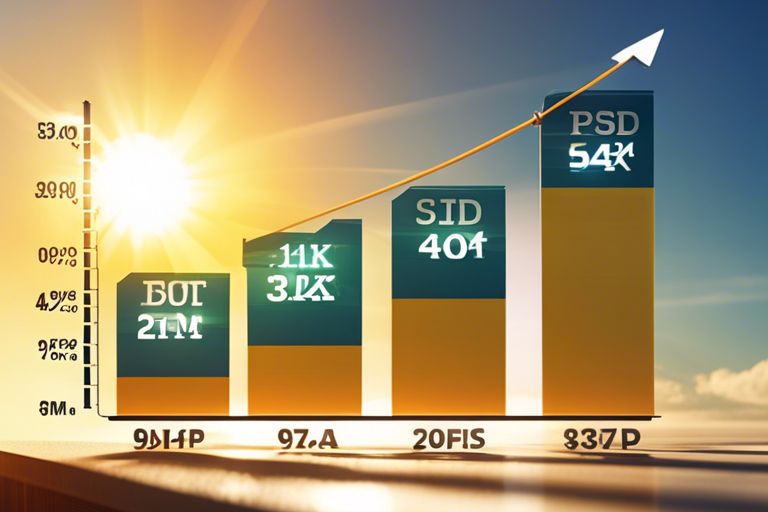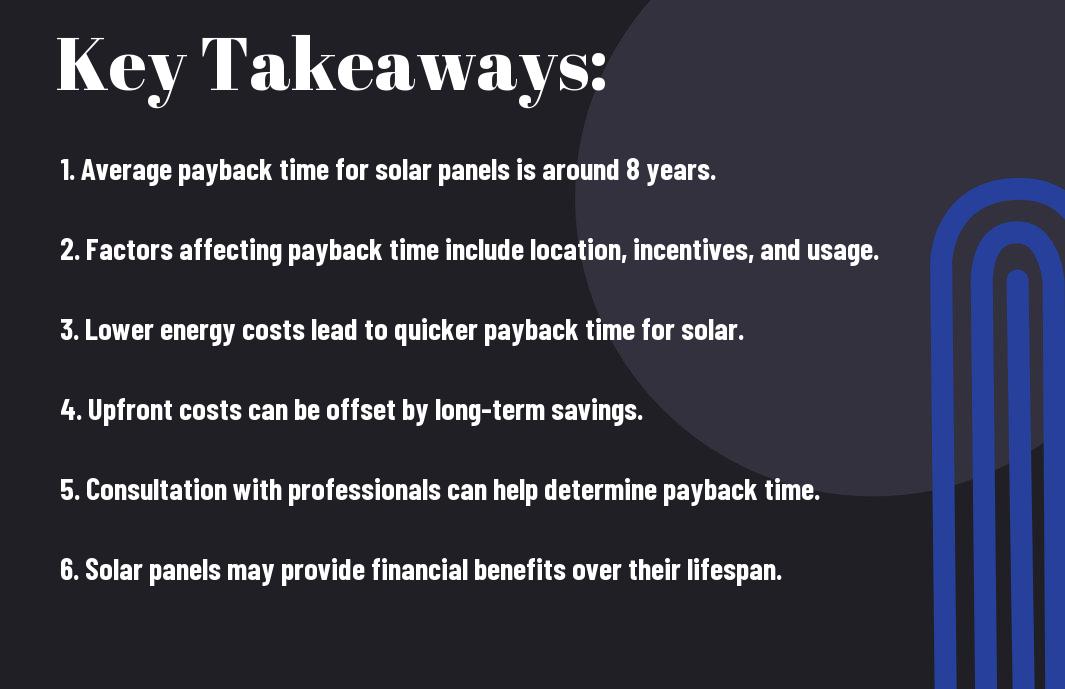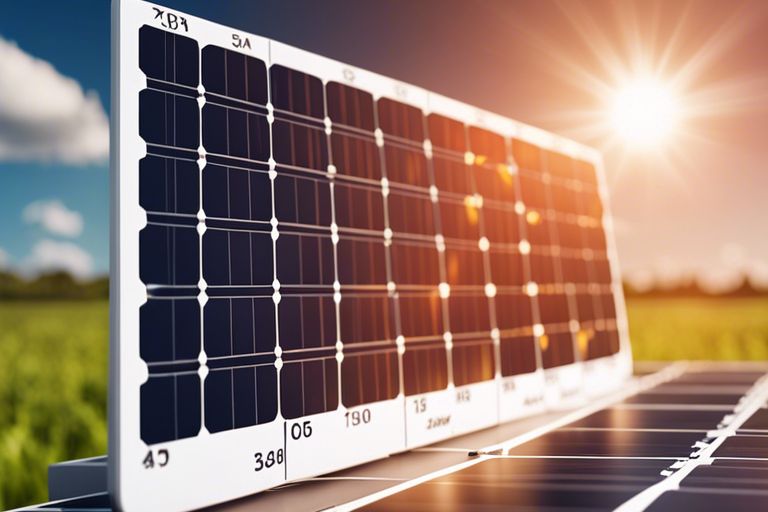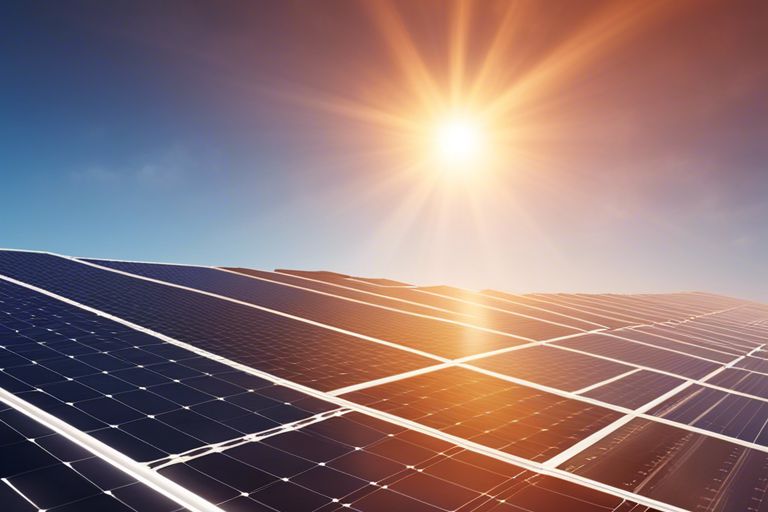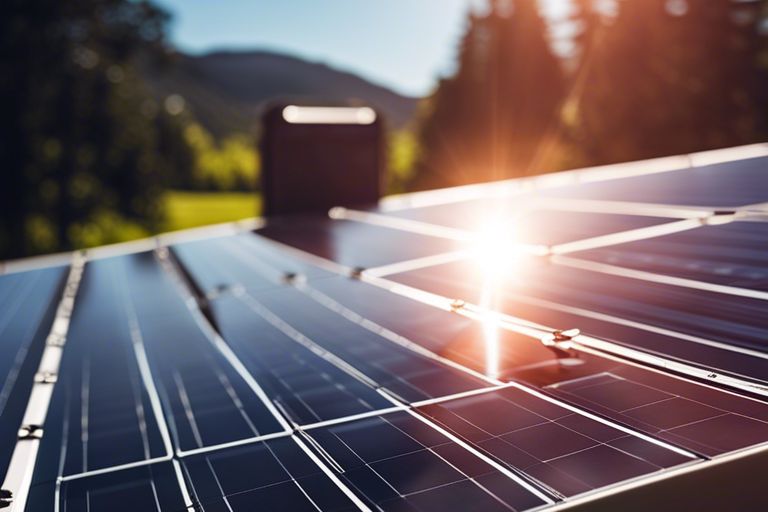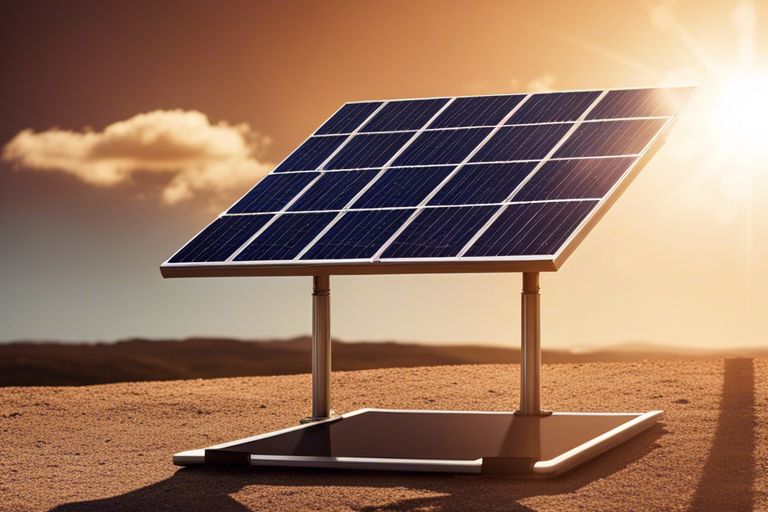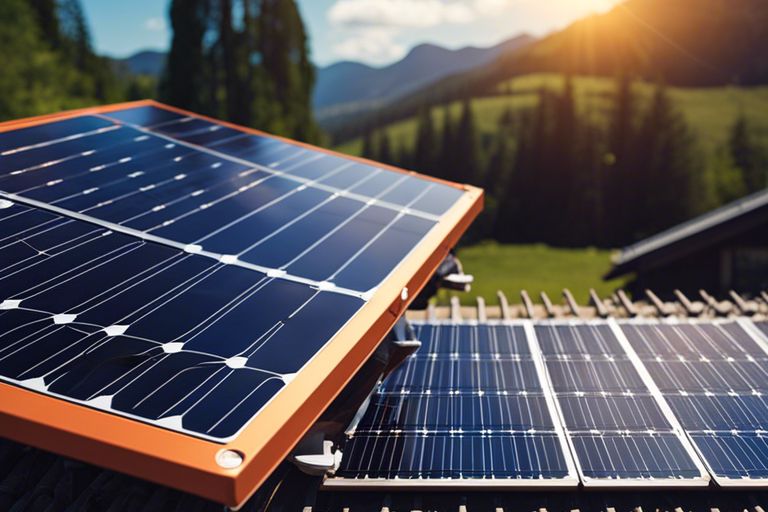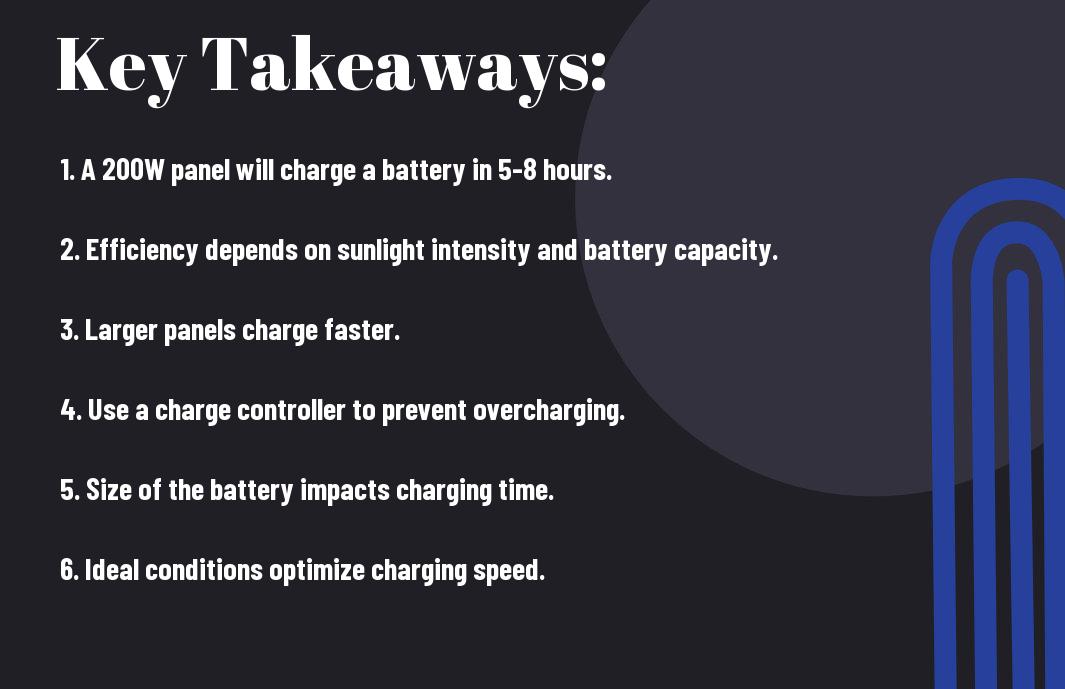You’re curious about the financial benefits of investing in solar panels, wondering how long it will take for them to pay for themselves. The average payback time for solar panels typically ranges from 5 to 15 years, depending on various factors such as your location, energy consumption, and available incentives. By generating your own clean energy and reducing your electricity bills, solar panels can provide a significant return on investment over time. Let’s look into the details to understand how solar panels can save you money in the long run.
Key Takeaways:
- Payback Time Varies: The average payback time for solar panels can vary depending on various factors such as location, system size, energy usage, and incentives available.
- Typical Range: On average, the payback time for solar panels typically ranges between 5 to 12 years.
- Factors Affecting Payback: Factors such as energy consumption, local electricity rates, solar panel efficiency, and available incentives play a significant role in determining payback time.
- Increasing Affordability: As the cost of solar panels continues to decrease and technology improves, the average payback time for solar installations is expected to reduce over time.
- Long-Term Benefits: Despite the payback period, investing in solar panels offers long-term benefits such as energy savings, increased home value, and environmental sustainability.
Defining Payback Time
What is payback time?
Before we probe into the average payback time for solar panels, let’s define what payback time means. Payback time refers to the period it takes for your solar panel system to generate enough energy savings to cover the initial cost of installation. In simple terms, it’s the time it takes for your solar investment to start paying off and saving you money on your electricity bills.
Why is payback time important for solar panels?
On the journey to solar panel ownership, understanding the payback time is crucial. It gives you a clear idea of when you can expect to break even on your investment and start benefiting from free energy. Knowing the payback time helps you make informed decisions about whether solar panels are a wise financial choice for your home.
The payback time for solar panels can vary based on factors like your location, energy consumption, system size, and local incentives. The quicker the payback time, the sooner you’ll start reaping the financial rewards of going solar. It’s a key metric to consider when evaluating the feasibility and benefits of installing solar panels on your property.
To accurately calculate the payback time for solar panels, you need to take into account the upfront costs, potential energy savings, incentives, and solar panel performance over time. By understanding the payback time, you can make an informed decision that not only benefits your wallet but also contributes to a more sustainable future.
Factors Affecting Payback Time
Any number of factors can impact the payback time for your solar panels. Understanding these factors can help you determine the best way to maximize the return on your investment. Here are some key considerations:
Initial cost of solar panels
- Panels: The initial cost of purchasing and installing solar panels plays a significant role in determining the payback time. Higher upfront costs will typically result in a longer payback period.
Electricity savings
- Solar: The amount of money you save on your electricity bills will affect how quickly you recoup the initial investment in solar panels. The higher your electricity usage and the greater the difference in cost between solar and grid electricity, the faster you will see a return on your investment.
Any additional savings from excess energy generated by your solar panels that is fed back into the grid can further reduce your payback time.
Incentives and rebates
- The availability of government incentives and rebates can significantly reduce the initial cost of installing solar panels, thereby shortening the payback period.
Plus, some utility companies offer programs that allow you to earn credits or cash payments for the excess energy your solar panels produce, further helping you to recoup your investment faster.
System efficiency and performance
- To ensure the quickest payback time, investing in high-efficiency solar panels and a well-designed system can maximize energy production and savings over time.
This could mean opting for premium solar panels or incorporating energy storage solutions to further increase the efficiency and performance of your solar energy system.
Average Payback Time for Solar Panels
National averages
Solar: For national averages, the payback time for solar panels is typically around 7 to 20 years, depending on various factors such as location, energy usage, incentives, and the cost of electricity. In sunnier regions with higher electricity rates and stronger incentives, the payback time tends to be shorter.
Regional variations
Any: Regional variations play a significant role in determining the payback time for solar panels. Factors like local sunlight exposure, state incentives, and electricity prices can impact how long it takes for your solar investment to pay off. In areas with abundant sunlight and generous solar incentives, the payback time may be as short as 5 to 10 years.
variations: It’s vital to consider regional variations when calculating the payback time for solar panels. Consulting with local solar providers and researching state-specific incentives can help you get a more accurate estimate of how quickly you can recoup your investment.
Comparing payback times across different systems
To: When comparing payback times across different systems, you can consider factors like panel efficiency, installation costs, available incentives, and financing options. Below is a comparison of payback times for different types of solar panel systems:
| System Type | Payback Time |
| Traditional grid-tied system | 8-12 years |
| Battery storage system | 10-15 years |
| Off-grid system | 15-20 years |
averages: Comparing payback times across different systems can help you choose the most cost-effective solar solution for your needs. By understanding the payback period for each type of system, you can make an informed decision that aligns with your budget and energy goals.
Real-World Examples
Residential solar panel installations
For your residential solar panel installation, the average payback time can vary based on factors like your location, energy consumption, and system size. By using a solar payback calculator, like the one provided by CNET on How to Calculate Your Solar Payback Period: Find Out …, you can get a better estimate of how long it will take for your solar panels to pay for themselves. On average, many homeowners see a payback period of around 6 to 8 years for their solar panel investment.
Commercial solar panel installations
The average payback time for commercial solar panel installations tends to be shorter than residential ones due to higher energy consumption and potential incentives. The payback period can range from 3 to 7 years for commercial setups, depending on factors like system size, energy usage patterns, and available incentives. Businesses often benefit not only from energy cost savings but also from positive branding and sustainability efforts associated with going solar.
Another aspect to consider for commercial solar panel installations is the potential for additional revenue streams. Some companies may generate income by selling excess energy back to the grid through net metering programs or by qualifying for renewable energy certificates. These avenues can further reduce the payback time and increase the overall financial benefits of investing in solar energy.
How to Calculate Payback Time
Simple payback period formula
Unlike more complex financial metrics, calculating the payback time for solar panels is relatively straightforward. For the simple payback period formula, you can divide the total cost of the solar panels by the annual savings on your electricity bill. This will give you the number of years it will take to recoup your initial investment through savings on your energy costs.
Considering additional factors
To get a more accurate picture of the payback time for your solar panels, you should consider additional factors that can impact the financial returns. These factors include any available incentives or rebates, changes in energy prices over time, maintenance costs, and the potential increase in home value with solar panels.
- Take into account any tax incentives or rebates offered by your local government or utility company.
- Consider how fluctuations in energy prices can affect your savings over the years.
- Factor in any maintenance costs associated with the solar panels to understand the total cost of ownership.
- Keep in mind that solar panels can increase the resale value of your home, contributing to potential long-term financial gains.
This comprehensive approach will give you a more accurate payback time calculation for your solar panels. By considering all these factors, you can make a well-informed decision about the financial benefits of investing in solar energy for your home.
Payback Time vs. Break-Even Point
Now, let’s probe into the difference between payback time and break-even point when it comes to assessing the financial benefits of solar panels.
Defining break-even point
Point your focus on the break-even point – this is the specific moment when the cumulative savings from your solar panels equal the total cost you paid for the system. In simpler terms, it’s the turning point where your investment starts to pay off, and every dollar saved beyond the break-even point is money back in your pocket.
Key differences between payback time and break-even point
Point out the key disparities between payback time and break-even point. Payback time refers to the duration it takes for the savings from your solar panels to match the initial investment. On the other hand, the break-even point is the singular moment in time when your savings equal your upfront costs. While payback time focuses on the time aspect, the break-even point is a fixed milestone that indicates when your investment becomes profitable. This disparity reveals that even after reaching the break-even point, you continue to benefit financially from your solar panel investment.
This distinction between payback time and break-even point underscores the importance of understanding the financial dynamics of solar panel installations. While payback time gives you a timeframe for recovering your initial investment, the break-even point marks a significant milestone where your investment transitions into tangible savings. Both metrics play a crucial role in assessing the long-term financial viability of solar panels, ensuring you make informed decisions regarding sustainable energy investments.
Summing up
So, now that you’ve read about the average payback time for solar panels, you have a better understanding of how long it typically takes to recoup your investment in solar energy. Keep in mind that factors like location, system size, energy consumption, and available incentives can all impact the payback period. If you’re considering investing in solar panels, it’s important to do your research and calculate your specific payback period using tools like A Complete Guide To Payback Periods For Solar Panels.
FAQ
Q: What is the average payback time for solar panels?
A: The average payback time for solar panels can vary depending on various factors such as the cost of the system, energy consumption, location, available incentives, and energy prices. On average, most residential solar panel systems pay for themselves within 5 to 10 years.
Q: What factors can influence the payback time for solar panels?
A: Factors that can influence the payback time for solar panels include the initial cost of the system, the amount of electricity consumed, the efficiency of the panels, available incentives such as tax credits or rebates, the cost of electricity in the area, and how much sunlight the panels receive.
Q: How can I calculate the payback time for solar panels?
A: To calculate the payback time for solar panels, you can divide the total cost of the system (including installation) by the annual savings on your electricity bill. This will give you the number of years it will take for the solar panels to pay for themselves. Keep in mind that this is a rough estimate, and actual payback time may vary.
